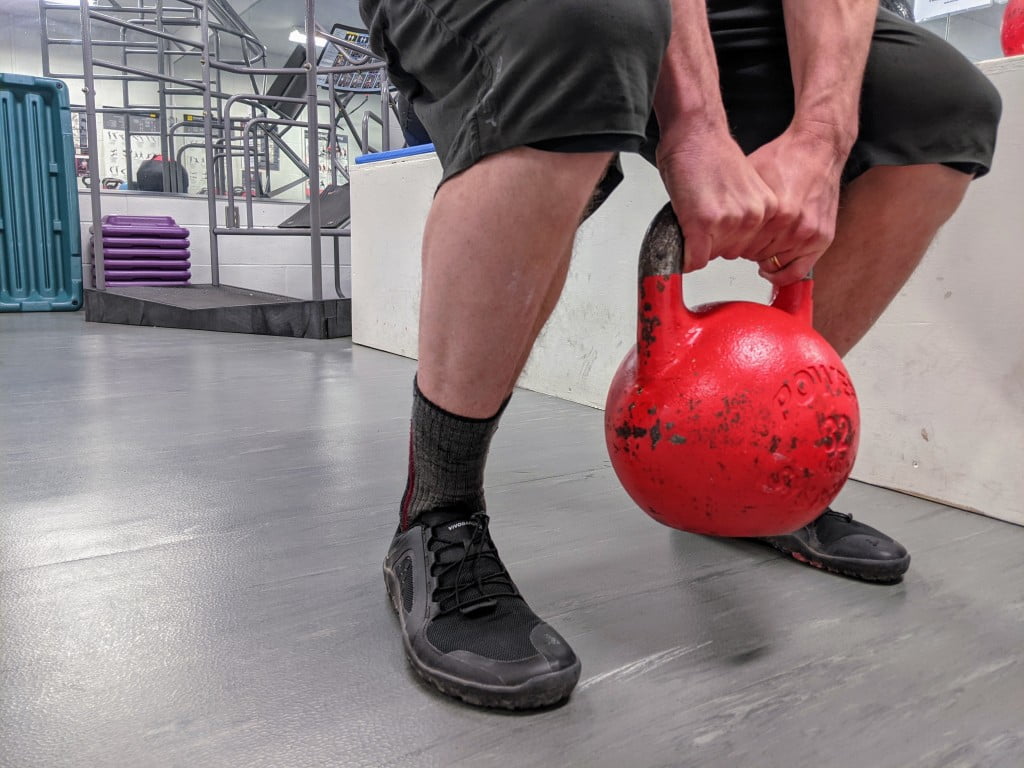In this article you will find:
Unlocking the Mystery of the 5 Heart Rate Zones: Transform Your Workout and Understand Your Body Better
Understanding how our heart rate zones operate during exercise can be a game-changer in maximizing workout benefits. It’s not just about how much you sweat or how tired you feel after a session; it’s about the intensity of the workout and how your heart responds to it. So, let’s dive into the mystery of the 5 heart rate zones and what they mean for your body during exercise.
Zone 1: Light Intensity (50-60% of Maximum Heart Rate)
This is the zone where you start your warm-up exercises. It’s low intensity and should feel easy. In this zone, your body burns more fat than carbohydrates, making it ideal for weight management. It also aids in muscle recovery and helps improve your overall fitness level. Celebrities like Jennifer Aniston and Chris Hemsworth are known to incorporate light intensity workouts into their routines for these benefits.
Zone 2: Moderate Intensity (60-70% of Maximum Heart Rate)
In Zone 2, your body continues to burn fat, but also starts to tap into its carbohydrate reserves. This zone is perfect for improving your aerobic fitness and stamina. Long, steady runs or bike rides in this zone can help build endurance. Soccer superstar Lionel Messi often trains in this zone to maintain his extraordinary stamina on the field.
Zone 3: Aerobic Zone (70-80% of Maximum Heart Rate)
In this zone, your body burns more carbohydrates than fat. It’s the ideal zone to improve your cardiovascular and respiratory system. Training in this zone can enhance your body’s ability to transport and utilize oxygen – a key factor in overall fitness. Serena Williams, the tennis legend, often trains in this heart rate zone to optimize her performance on the court.
Zone 4: Anaerobic Zone (80-90% of Maximum Heart Rate)
The anaerobic zone is where things start to get tough. Your body burns even more carbohydrates and less fat. You’re also producing lactic acid in this zone, which can lead to muscle fatigue. But on the bright side, training in this zone can improve your speed and power. Sprinters like Usain Bolt typically train in this zone.
Zone 5: Maximum Effort (90-100% of Maximum Heart Rate)
This is the red line zone, where you’re pushing your body to its limits. It’s only sustainable for short periods, but it can significantly improve your performance and speed. It’s crucial, however, to consult with a fitness professional before training in this zone to avoid injuries or overtraining.
Common Mistakes in Heart Rate Zone Training
Mistake 1: Not Knowing Your Maximum Heart Rate – Your maximum heart rate is crucial in determining your heart rate zones. A common formula to estimate it is “220 minus your age.” However, for a more accurate measure, consider a stress test under medical supervision.
Mistake 2: Ignoring Your Body’s Signals – While heart rate zones provide a good guideline, it’s important to listen to your body. If you feel exhausted or experience unusual discomfort, it’s time to slow down, regardless of your heart rate.
Mistake 3: Overtraining in the Higher Zones – Training constantly in zones 4 and 5 can lead to overtraining and potential injuries. Balance is key in heart rate zone training.
Interesting Facts About Heart Rate Zone Training
Fact 1: Elite athletes often use heart rate zone training to tailor their workouts and maximize performance.
Fact 2: Heart rate zone training can help you burn more calories even after your workout, a phenomenon known as the afterburn effect.
In conclusion, understanding the 5 heart rate zones can revolutionize your approach to exercise, making your workouts more efficient and goal-oriented. Remember, it’s not about working harder, but smarter.




